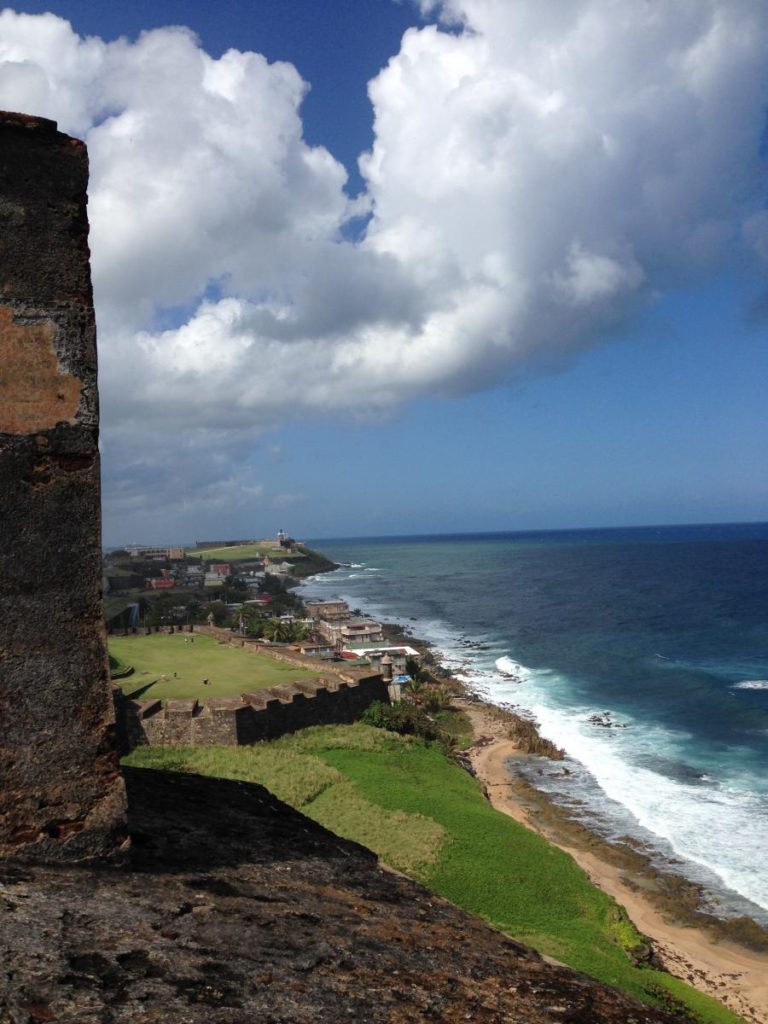
In this episode of The Common’s Contributors in Conversation podcast, Issue 09 contributors Masha Hamilton and Lori Ostlund read and discuss their stories “God’s Fingernail” and “Leaving Walter.”

In this episode of The Common’s Contributors in Conversation podcast, Issue 09 contributors Masha Hamilton and Lori Ostlund read and discuss their stories “God’s Fingernail” and “Leaving Walter.”
On the same side
turn a car
into a parallelogram,
an oft-read Bible,
a shelf of books
with a few
missing, a man
sitting and a woman
standing. Her hand
is on his shoulder.
Sara London reads her poem “Basta” from Issue 09 of The Common.
By EDIE MEIDAV
Sinking lower in the club’s hot tub and today a birthday marks his face one notch less recognizable when anyway, meeting someone these days means who you say you are matters both less and more. Who cares, really? Get older and it becomes easier to say who you are not. No king of industry, that myth abandoned before anyone finished saying Constantinople, but who even says Constantinople anymore, such flourish abandoned in his particular past as a history major, an epoch in which windmilling toward the future seemed to matter, toting around the flag of belief that what happened before could actually help you later. Now just a service-minded bumbler close to retirement going around to enlighten the masses and so what if certain efforts fizzled? Could happen to anyone.
This is how my mother tells it. Jesse Owens taught her to run. I am thirteen. I have just come back from track practice. I have no skill at anything athletic. But junior high for me has been a series of attempts to assimilate. That year in the yearbook, there isn’t a club I’m not in—Chess Club, Stamp Collecting, French Club, Honors Society—and because track is the only sport you do not have to try out for, they’ll take anyone, I sit in the front row of the photo, a dark spot in the expanse of white faces.
My relationship with Joni Mitchell and her music moves through two stages. My early admiration for her—in the seventies—in some ways anticipated the zeitgeist. Then I stopped listening to her for about a quarter of a century. I began to rediscover Mitchell’s work in the new millennium, when, by coincidence, so was the rest of the world.

El Morro guards the northwestern tip of the old city, a headland with sparkling three-sixty views. Poised to fire cannons and guns against approaching sea invaders, the stone castle—six zigzagging levels, walls thick as hallways—was built by the Spanish starting in the early 1500s. El Morro protected Spain’s “porto rico,” the harbor crucial to any European empire seeking a foothold in the resource-rich Caribbean basin. But while El Morro protected San Juan from a seaside attack, the city’s eastern flank remained exposed to ambush by land, a weakness exploited by the British in 1598, then the Dutch in 1625. The Dutch succeeded in burning the city to the ground, but no one ever captured El Morro, whose now pleasant grassy lawn was, several times over, a bloody battlefield. After these near catastrophes, Spain began a second fort, Castillo San Cristóbal, at the city’s northeastern headland. Spain held Puerto Rico until the Spanish-American War, when the U.S. intervened in Cuba’s struggle for independence. During a few short, calamitous months in 1898, Spain lost to the U.S. its Pacific and Caribbean lands, including the Philippines, Puerto Rico, Guam, and, temporarily, a nominally independent Cuba. An empire of nearly four hundred years dissolved like cobwebs in rain.
That black telephone would ring and ring,
fixed to its wall. It was a ring that roamed
the mind, while night drummed down
its list of last and lost events, circadian
paths that tangled where they tried to pass,
crossed and uncrossed hours.
Dear little day later,
Can’t you keep up?
There is no going back
so don’t insist. The view’s bound
by the block, fenced for now
but then will come
and new alarms
will set off and stop.